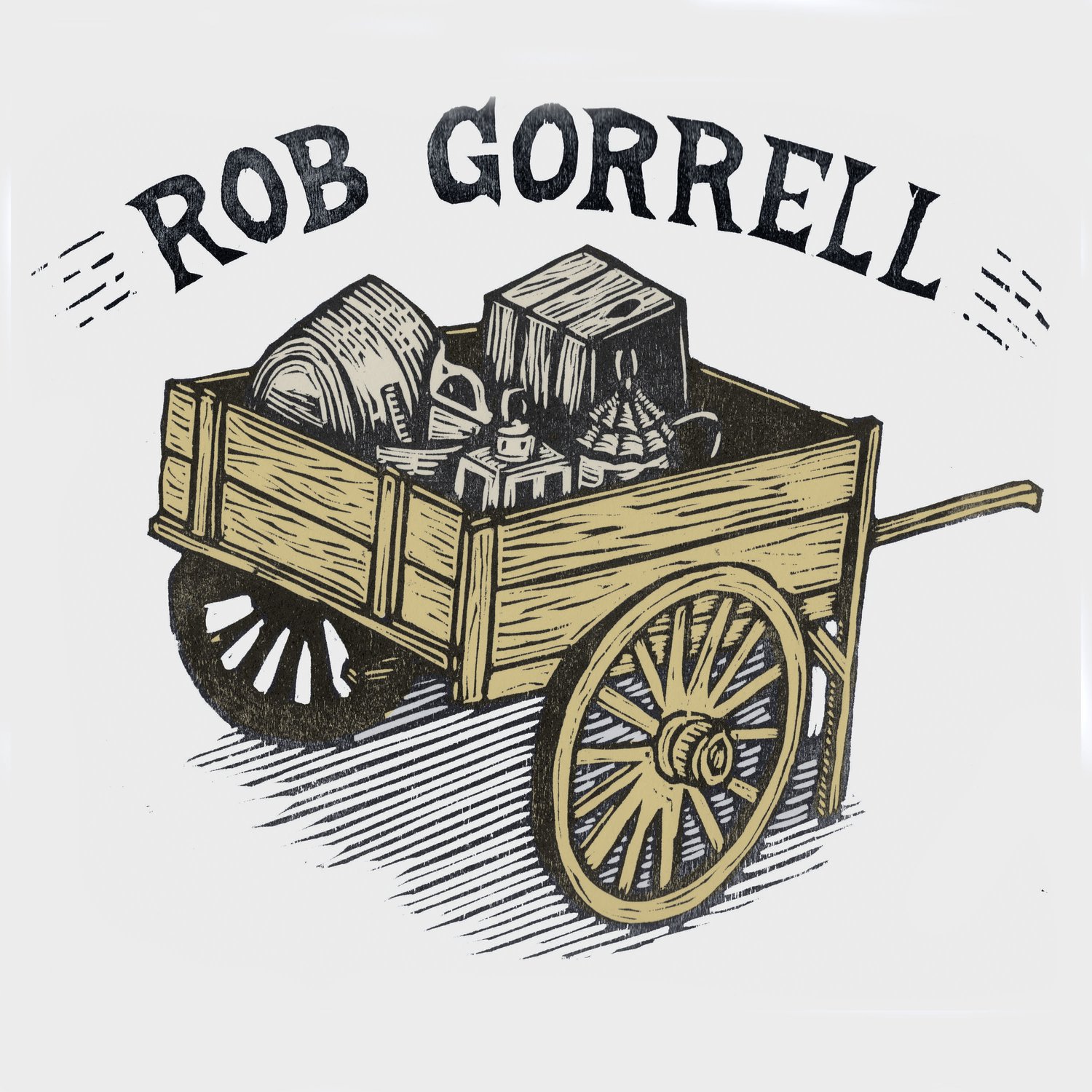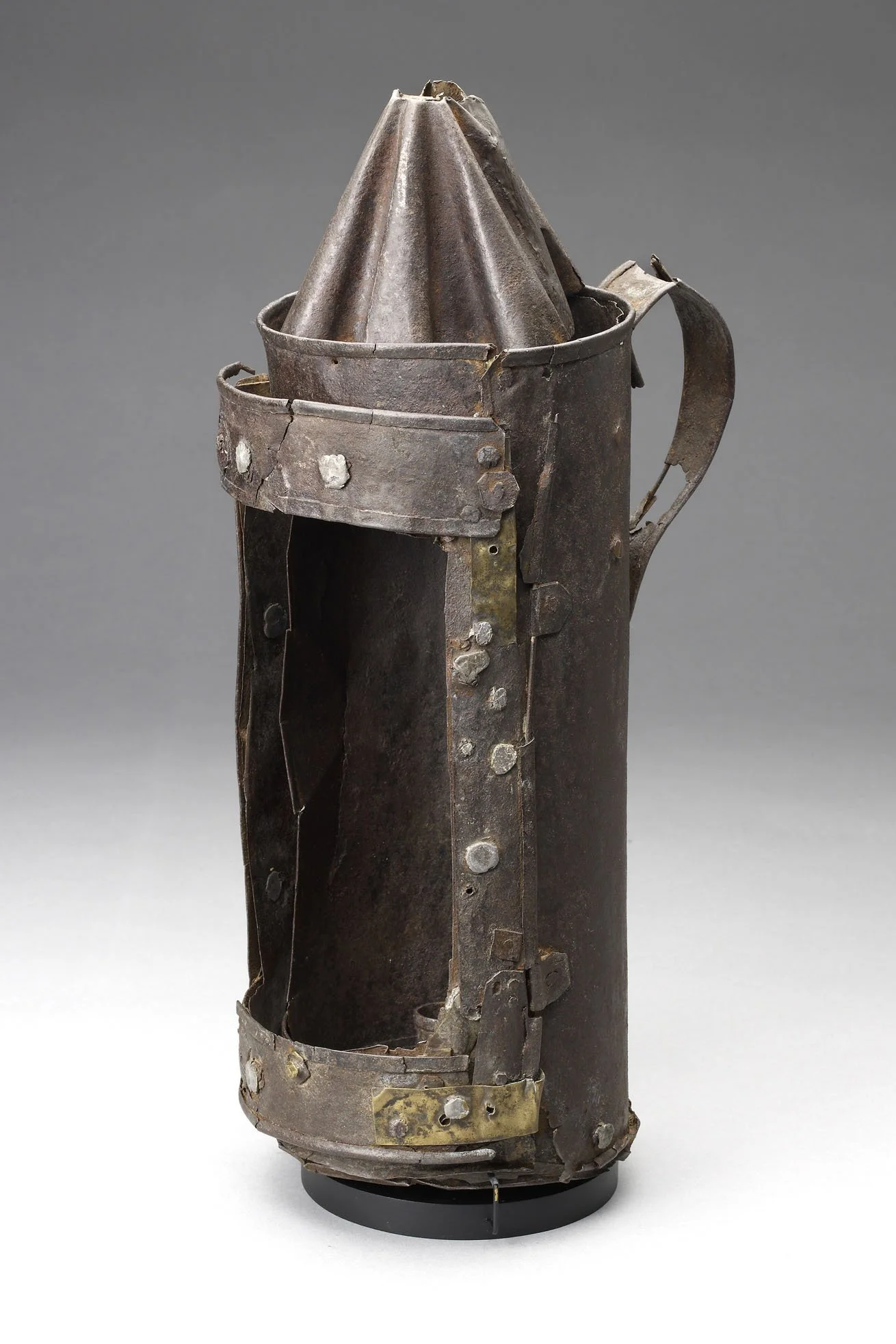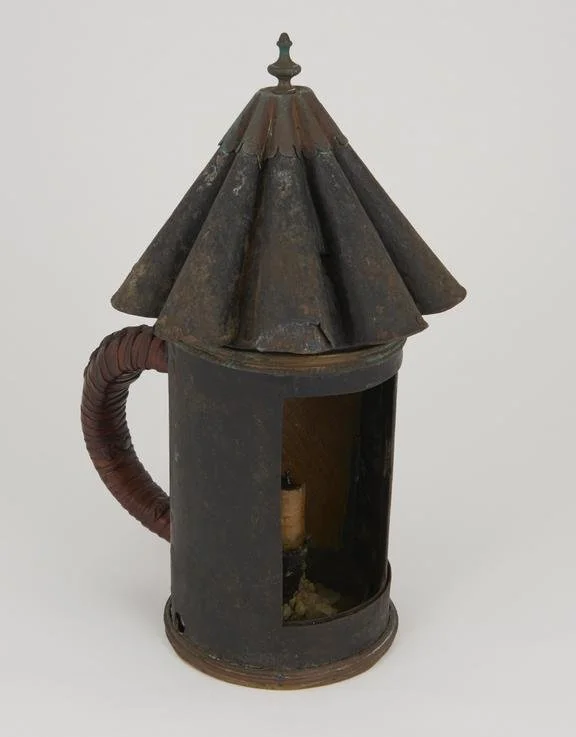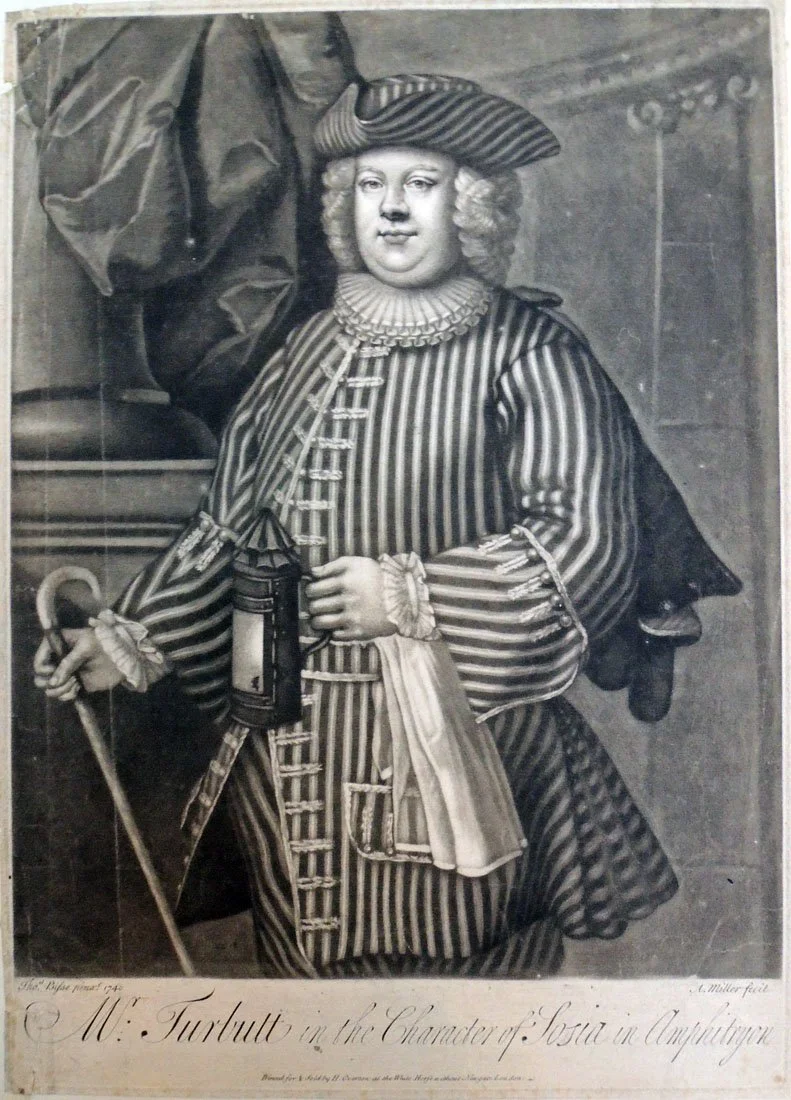Today, Horn Panes for my Lantern.
In the last post we talked about hand lanterns with bull-eye lenses and hinted at sword fighting with lanterns. Well, I’m going to put off the sword fighting for now and talk about hand lanterns with horn panes. We will get to the swords, I promise.
We talked a little about horn panes in an earlier post. Horn panes were much less expensive prior to the 19th century and were commonly used as light panes in period tin lanterns. If you are using tin lanterns in your living history programs for anything prior to the mid 19th century than some sort of simulated horn panes is the way to go.
The “Guy Fawkes Lantern” is, as far as I know, the most famous beat to pieces historic tin lantern in the Western world today, in my opinion.
The Ashmolean Museum describes the lantern this way:
“Guy Fawkes is said to have been carrying this iron lantern when he was arrested in the cellars underneath the Houses of Parliament on the night of 4–5 November 1605. Fawkes and his conspirators planned to ignite barrels of gunpowder concealed under firewood in the cellar during the state opening of Parliament when the King, Commons and Lords would all have been present in the Lords’ Chamber – the aim of the ‘Gunpowder Plot’ being to blow up the chamber and kill the Protestant King James I. Thanks to an anonymous warning, the cellars were searched, Fawkes was discovered and the plot failed.
The lantern was given to the University of Oxford by Robert Heywood who had been a Proctor – an official responsible for ensuring the rules of the University are observed. His brother, Peter Heywood, had accompanied Sir Thomas Knyvett, Keeper of Whitehall Palace, in his fateful search of the cellars and is credited with taking the lantern from Guy Fawkes during the initial struggle and preventing him from detonating the gunpowder. The lantern seems to have been passed to Robert sometime after an assassination attempt in 1640 left Peter mortally wounded. Robert then passed the lantern to the University in 1641. For many years it was on display in the Bodleian Library’s Picture Gallery but was transferred to the Ashmolean in 1887 as part of a reorganisation of the University’s collections. ”
I have been working back and forth with a few Guy Fawkes enthusiasts to recreate a similar lantern. The problem is that there is not much left of the original and it appears to have been repairs several times. Because of this we have to make some design assumptions and look to other examples in museums and artwork.
“Mr. Turbutt in the character of Sosia”, British Museum collections, . Museum item #1902,1011.3525, Circa 1740, London.
There are many more examples of hand lanterns with horn panes that show a good variety of sizes and styles in period artwork. I have been trying to work up patterns and examples of 17-18th century tin hand lanterns with horn panes to list in my store. I would like to see more lanterns of this style being used at living history events, as they appear to have been more common that I thought.
All of these lanterns would have had very thin, transparent panes, made of split and polished cow horn. Today it is nearly impossible to get horn panes large enough and thin enough to put in hand lanterns. I can get horn panes for the smaller lanterns. Alternatives are natural mica and lampshade mica panes. Check out my Store to see the options I offer.
Often it is difficult to tell if the hand lanterns depicted are regular hand lanterns or “Dark Lanterns”. A dark lantern in one in which there is an inner shade or cylinder that can rotate to block the light, like a flashlight. The Guy Fawkes is definitely a dark lantern. I will be going in to more detail on dark lanterns in a future post, along with the sword fighting.




